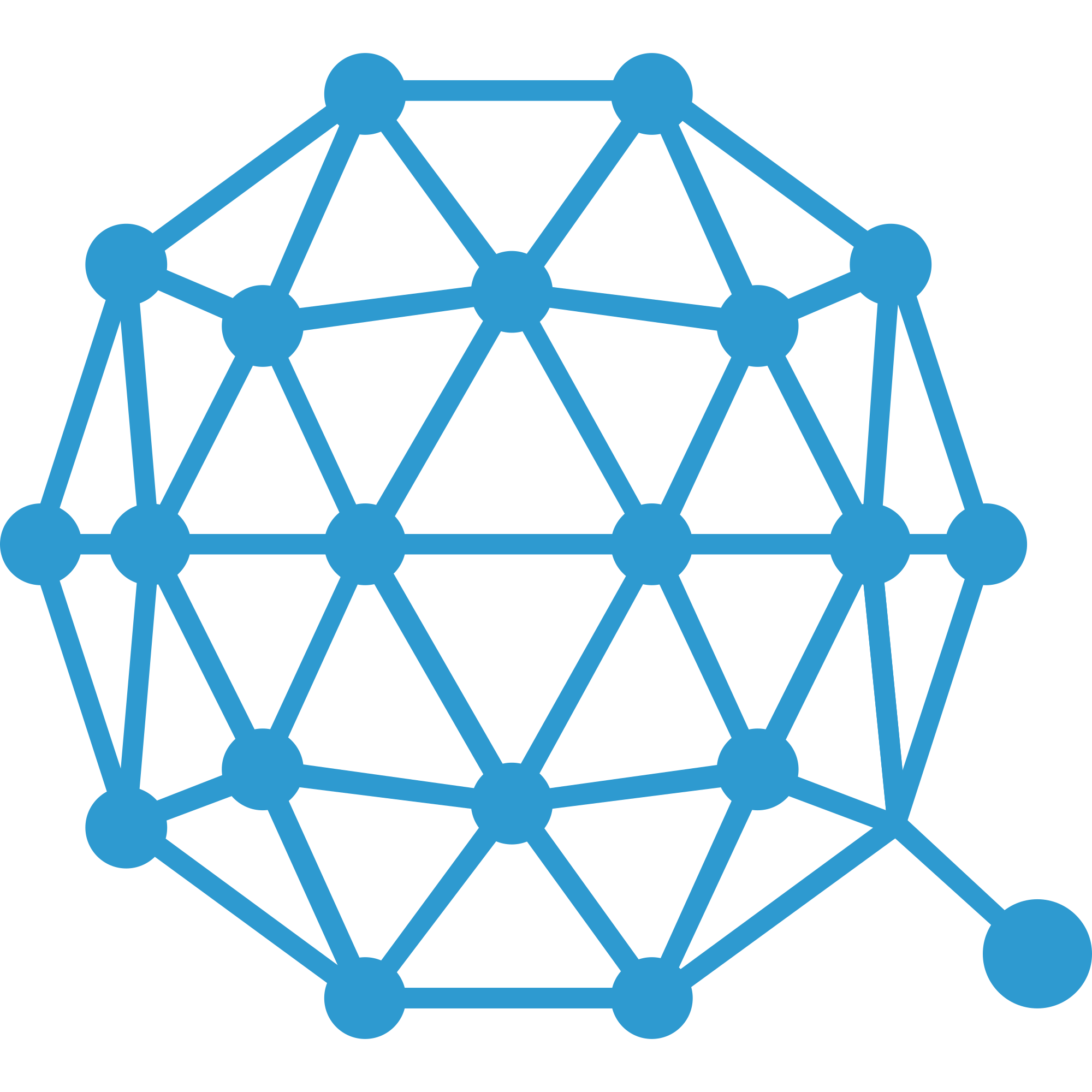
Coinposters
Everything You Need to Know About Qtum (QTUM)

Bitcoin provides a secure means of exchanging wealth, but Ethereum added the capability of allowing developers to construct decentralized apps. Qtum has a goal to integrate the security of Bitcoin with the functionality of Ethereum – all in one revolutionary hybrid blockchain platform that is both efficient and cost-effective.
Do you want to learn more about Qtum but don’t know where to start? No problem. This article will tell you everything you need to know about the cryptocurrency.
What is Qtum?
Qtum is a cryptocurrency that combines the smart contract capabilities of Ethereum with the security of Bitcoin’s unspent transaction output model (UTXO) to create a platform appropriate for large companies to use. Patrick Dai, Jordan Earls, and Neil Mahl established Qtum in 2016, and its initial coin offering (ICO) took place in March 2017.
Qtum (pronounced “quantum”) founders wanted to combine some of the best characteristics of both Bitcoin and Ethereum in order to establish a secure exchange for business-focused decentralized apps (dApps). Qtum wants to disrupt the internet transaction market and merge into industries like finance and social networking. Its currency is referred to as a token.
The UTXO model, a sort of accounting system used by Bitcoin that provides a high level of transactional security, is a fundamental component of Qtum, which is based on Bitcoin. The UXTO system generates a form of receipt for unspent coins after a transaction. Qtum adapted Bitcoin’s UTXO code for its own platform.
History
Patrick Dai, Jordan Earls, and Neil Mahi launched Qtum in 2016. Patrick Dai earned a master’s degree in computer science and worked as the CTO of VeChain and the Chinese Bitcoin mining startup Bitse Group before focusing on Qtum and became the chairman of the Qtum Foundation. Jordan Earls, the President of Earl Grey Tech and the Co-chair of the Smart Contracts Alliance initiative, has been building software since the age of 13. Neil Mahi holds a master’s degree in business administration and has worked in software development for the past 20 years.
The founders are supported by a big team of team members that have previously worked at NASDAQ, Alibaba, Tencent, and Baidu, as well as in the Bitcoin and Ethereum communities. The project is also supported by venture investors, key members of the blockchain industry, and executives from some of China’s leading technological firms. The first Qtum hard fork occurred in 2019, with the release of Qtum 2.0, which updated the consensus method and added new features such as confidential assets, offline staking, and chain-cloud interaction.
How it Works
To accomplish its high goal, the Qtum team changed Bitcoin’s code, allowing its software users to construct Ethereum-like smart contracts apps on top of it.
Simply said, its foundation layer is modeled after Bitcoin’s transaction model (UTXO), while an additional layer on top is modeled after Ethereum’s virtual machine (EVM), the component that executes smart contracts and decentralized programming.
Qtum, like Ethereum, has developed its own virtual machine that allows developers to create and run programs over its distributed network of devices.
Account Abstraction Layer
Qtum’s signature technology, the Account Abstraction Layer (AAL), is the component that allows the Qtum blockchain to interact between these two tiers.
The AAL allows the construction, execution, and handling of smart contracts that operate more like they do on Ethereum by changing Bitcoin’s core code with a set of additional instructions.
Finally, after processing smart contract transactions, the AAL updates the blockchain ledger by adding each transaction to new blocks.
Mutualized Proof-of-Stake
To keep its network in sync, Qtum employs mutualized proof-of-stake (MPoS) consensus, a form of proof-of-stake (PoS).
To validate and execute transactions, nodes must stake QTUM in a wallet. In exchange for validating, processing, and recording transactions, these nodes are rewarded with newly minted QTUM as well as transaction fees included in a block.
Each new block reward is distributed evenly among the nodes who produced the block and the nine nodes that came before them. According to the initiative, hiding the immediate block reward amount from potential attackers reduces the possibility of an attack.
What Makes it Unique
Qtum was the first Proof of Stake blockchain to use the UTXO transaction mechanism in conjunction with smart contracts. The project’s purpose is to integrate Bitcoin’s security with Ethereum’s functionality, all while employing the more efficient Proof of Stake consensus procedure. The unique implementation of the Decentralized Governance Protocol and Account Abstraction Layer technologies, which provide a performance advantage over other blockchains, enable this pragmatic design approach.
Qtum claims that the Bitcoin blockchain is insufficient for determining miner fees because it only examines transaction size. As a result, the project adheres to Ethereum’s gas model, which allows for post-transaction refunding of unspent gas. Qtum, on the other hand, anticipates that the gas price will be significantly different from that of Ethereum and is working on a free-market fee model that will allow both miners and users to optimize operations.
Latest
Altcoins
09 May 2024
Altcoins
19 Apr 2024
Altcoins
16 Jan 2024
Altcoins
31 Aug 2023
Altcoins
24 Jun 2023
Altcoins
24 Jun 2023













